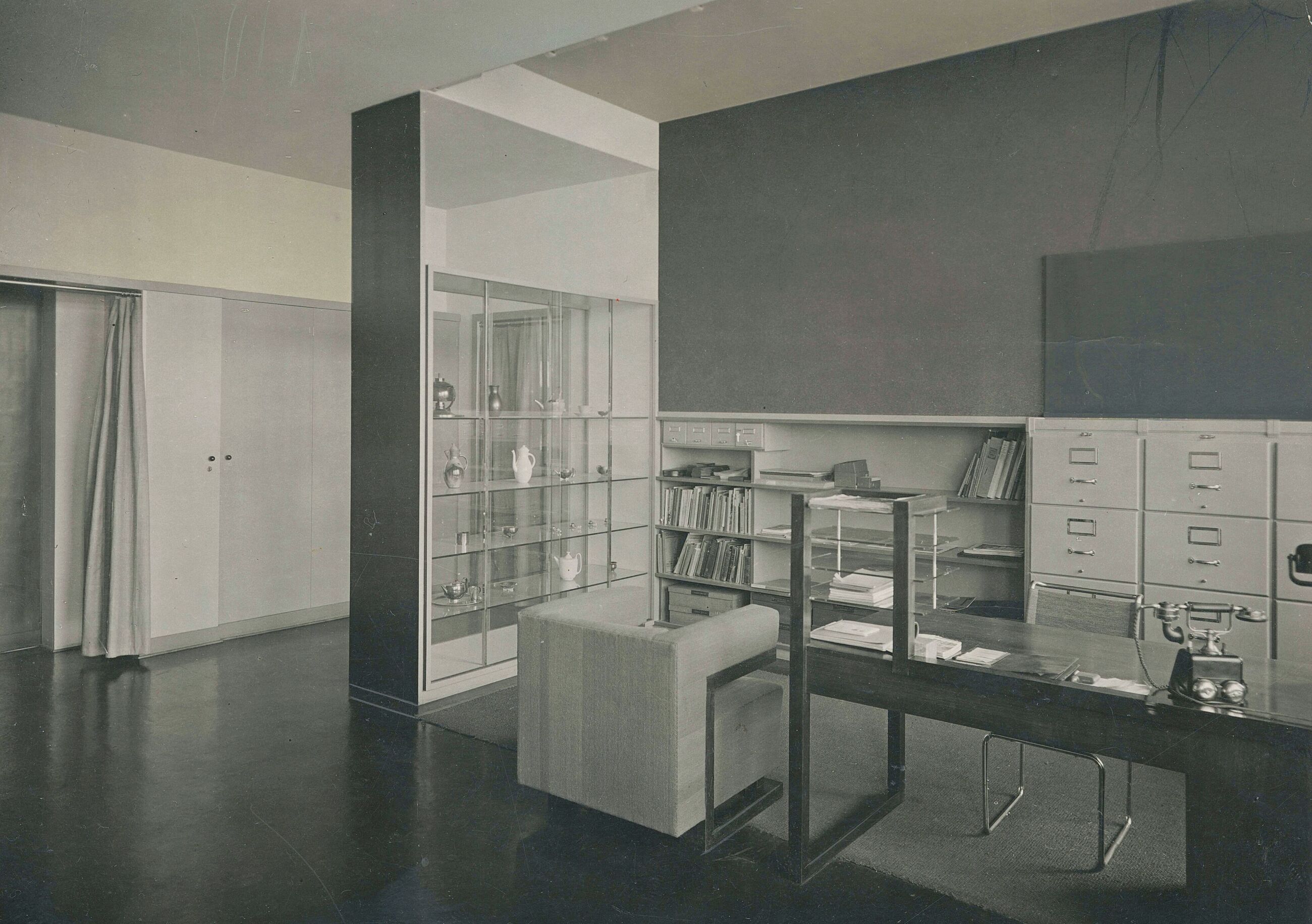Diary
It Should Be Beautiful
On the centennial of the Bauhaus in Dessau

Office of Walter Gropius, Dessau, 1926. Courtesy Bauhaus-Archiv Berlin. Photo: Erich Consemüller
“My idea was always: We have to do something together. We have to destroy the separations between painting and sculpture and architecture and design, and so on. It is all one. . . . When you make a painting, this is of course an emotional affair, which has an effect on human beings. When you make a chair, it’s a very practical thing, which has use value, but beyond that, also, it should be beautiful. I consider beauty a basic requirement of life.”—Walter Gropius (1883–1969)
On the 100th anniversary of the Bauhaus’s relocation from Weimar, Germany, to Dessau, a look back at the school during its brief golden years, as an embodiment of the resilience of ideas and an enduring symbol of progressive culture in the face of authoritarian power. In January 1932, the Nazi Party voted not only to shut down the school but to demolish its building, now considered one of the pinnacles of European Modernism. While the building escaped destruction, the school was shuttered and briefly moved to Berlin before its final demise. Today, we remember the Bauhaus for its radically pioneering experimentation in design, architecture and art but perhaps even more so for its stubborn belief in a more artful and unified future.
–
“To the Core: Bauhaus Dessau 100,” the Bauhaus Dessau Foundation’s centennial celebration, opens September 5, 2025 in the Bauhaus building in Dessau, Germany.
Quote from BBC interview, 1968.
